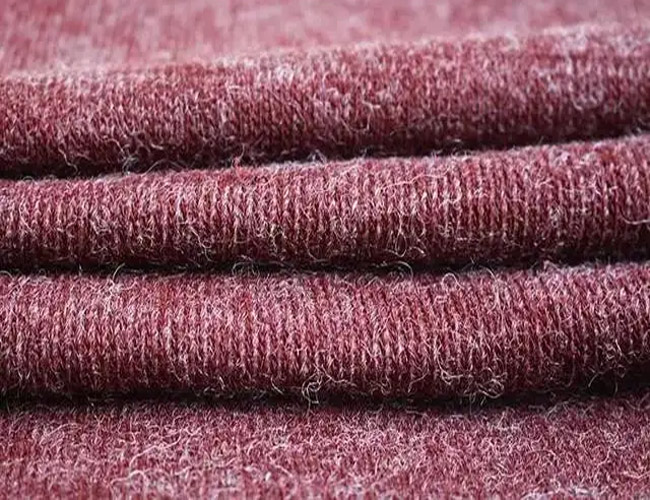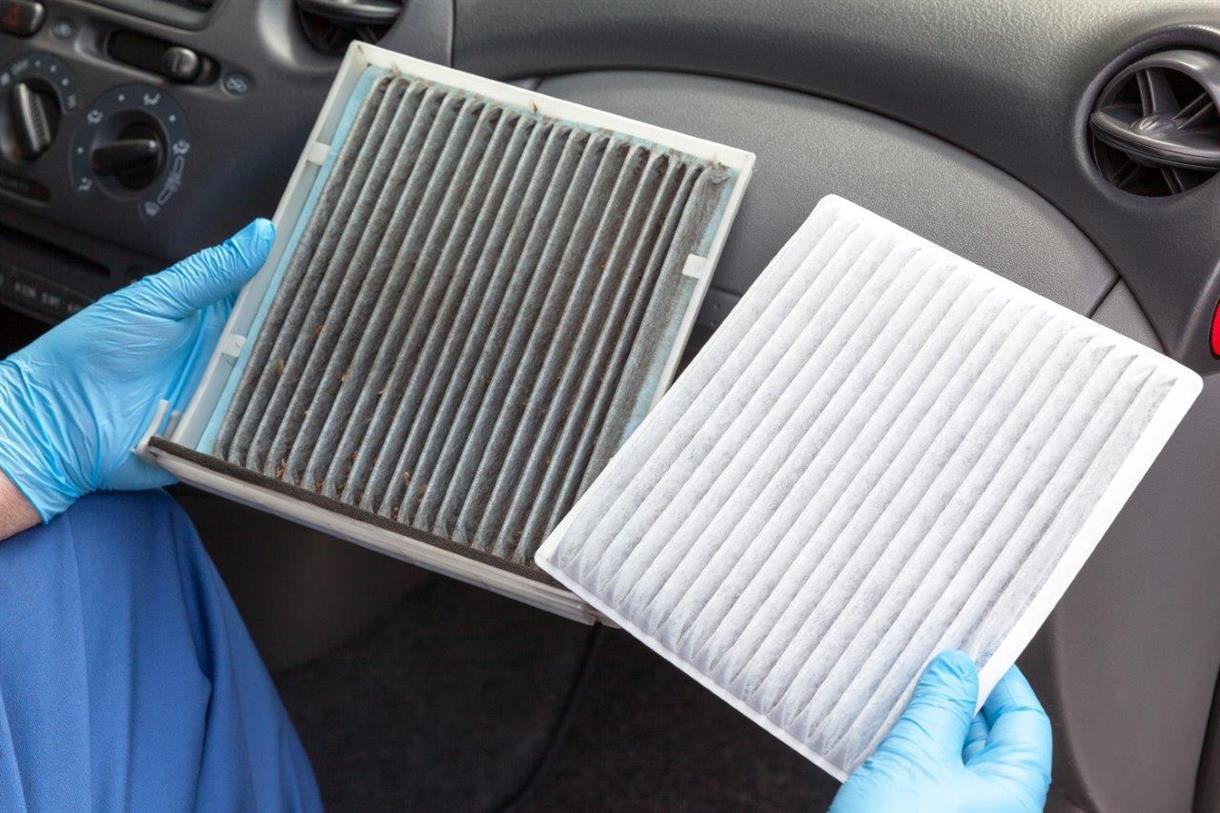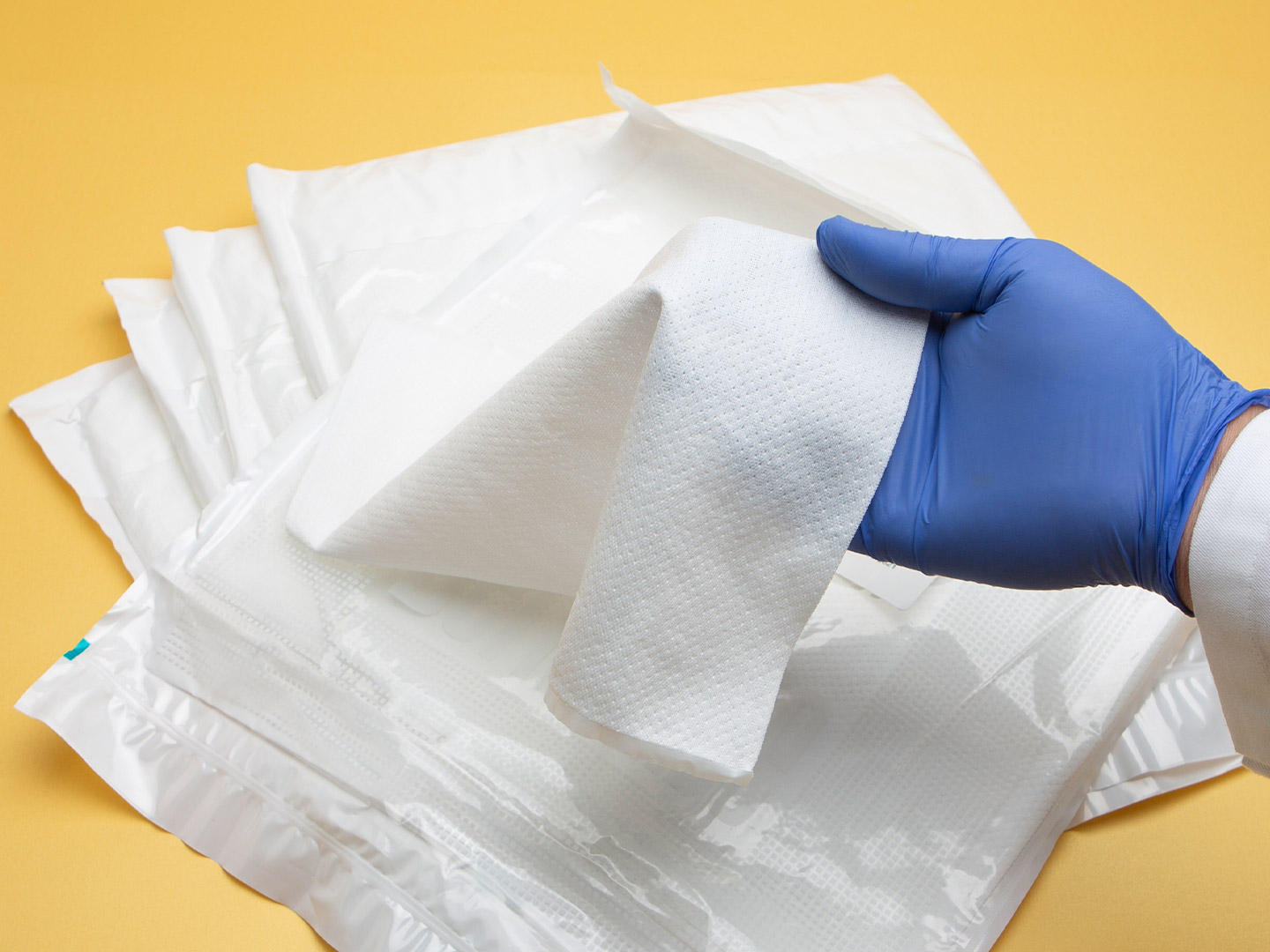Acrylic fiber is a fabric we often use in our life, and we are also relatively unfamiliar with this fabric product. In fact, acrylic fiber is polyacrylonitrile fiber. This product has excellent air permeability and the texture of wool. Many people don't know this very well, so what kind of fabric is acrylic, and what are the characteristics of acrylic? Will the acrylic fabric be pilling? What are the types of acrylic fabrics? Let's move on with questions.

Acrylic fabric is a kind of synthetic fiber. And it is white in appearance, curly and fluffy, soft in hand, bright in color, light-resistant, antibacterial, insect resistant, and looks like wool. It is often blended with wool or used as a substitute for wool, so it is also called "synthetic wool". It is widely used in clothing, home textile, decoration, industry, and other fields, and is commonly used in carpet production. Acrylic fiber is usually a kind of synthetic fiber. It is made of more than 85% copolymer of acrylonitrile and the second and third monomers by dry spinning or wet spinning.
Acrylic is also an important raw material for the wool industry. It is also known as polyacrylonitrile "Orlon", "Cashmere". After polyester and polyamide synthetic fiber species. Acrylic monomer contains at least 85% of acrylonitrile. And add other monomers copolymerization, often selected copolymer molecules are vinyl acetate and methyl acrylate. DuPont first synthesized acrylic fiber in 1941.
DuPont started commercial production in 1950 in the United States. Soon acrylic began to replace wool, first in pullovers and blankets, and then in other items. Consumers responded well to acrylic due to it was cheaper than wool products and could be washed. Acrylic fiber is a synthetic fiber formed from a polymer with a long chain. And its acrylic content must be at least 85%. Polyacrylic fiber is a round fiber with a smooth surface.
The acrylic fiber looks like wool, so it is called "artificial wool". It feels very smooth and has the characteristics of softness, bulkiness, and bright color. Its light resistance, antibacterial ability, and anti-moth advantages are also particularly prominent. It can also be pure spun or blended with natural fibers according to different uses. It is widely used in clothing, various decorations, and industrial fields.
Acrylic can also be manufactured in wool. Polyacrylonitrile fiber and wool blending can be manufactured in wool, or woven into woolen blankets, carpets, etc., but also with cotton, rayon, and other synthetic fibers blended, and woven into a variety of clothing and interior goods. Polyacrylonitrile fiber processed puffy wool strip can be spun, or blended with viscose fiber, or wool, to get a variety of specifications of medium and fine pile yarn.
Also, it should be noted that acrylic is fluffy, soft, light, warm, and easy to wash and dry. Not afraid of insects and mold, suitable for knitting sweaters, and acrylic blankets. And it can also be processed into artificial fur. Acrylic has high resistance to sunlight and is suitable for making outdoor fabrics. But, it has poor abrasion resistance and alkali resistance. So, don't scrub hard and don't use strong alkaline soap or detergent when washing.
Products made of acrylic fabrics are generally not afraid of acid attacks. It has excellent resistance to acids, oxidizing agents, and organic solvents in general.
Acrylic fabrics are dyed and have the highest light resistance of all kinds of fiber fabrics. And the strength only decreases by 20% when exposed to the open air for one year.
The properties of the acrylic fabric are very to wool, but the elasticity is much better than wool. With an elongation of 20%, the resilience can be maintained at about 65%.
The strength of the acrylic fabric is higher than that of wool. At present, the strength of the acrylic fiber is about 22.1 ~ 48.5 cn/dtex. While the strength of wool is about 1 ~ 2.5 times that of acrylic fabric.
Acrylic fabrics are better than wool insulation, and acrylic fibers are fluffy and curly in appearance. It is very soft to the touch, making them much better than wool insulation. It was once called "synthetic wool".
The acrylic fabric is poor in moisture absorption.
The abrasion resistance is the worst among various synthetic fabrics.
Poor alkali resistance, be careful to use alkaline cleaning products when washing.
At the same time, the higher temperature will also have a great impact on the acrylic fiber fabric. Acrylic fiber will be softened at about 190 ~ 230 degrees.
Acrylic is a short fiber, and short fiber is easy to pilling. So, the poor quality of acrylic fabric with a long time there is a small ball of fluff looks very ugly. So now many acrylic carpets will be part of the wool, to prevent the phenomenon of pilling. It is recommended that when buying. It is best to ask if the carpet has a wool component, and then choose.

Acrylic is a kind of acrylic, the appearance of round or eight-shaped. The surface of this material is smooth, not easy to absorb water, and can resist acid and alkali, and sunlight. But also not easy to yellow, easy to dye, and easier to clean than wool. And not easy to shrink. But the insulation is not as good as wool, and the surface is easy to get small balls. It is known as "synthetic wool"; The acrylic material can be made into signs.
Modacrylic, also known as Molik flame retardant fabric. It is made from modified acrylic fibers with flame retardant properties. The copolymer obtained by copolymerizing acrylonitrile and vinyl chloride is dissolved in acetone. And then dried or wet spinning. It was first produced by Union Carbide in 1949. Since the vinyl chloride content is 50% to 60%. It has good flame retardancy and self-extinguishing properties. Modacrylic is very like acrylic. but modacrylic itself has a lower melting point and higher chemical resistance and fire resistance. So the flame retardant properties of modified acrylic fabrics do not decrease with time and washing.
Acrylic blended fabric refers to fabric blended with wool type or medium length acrylic and viscose or polyester. Including acrylic/viscose Wada tweed, acrylic/viscose women's tweed, acrylic/polyester tweed, etc... Nitrile/viscose WADA tweed, also known as oriental tweed. It is blended with 50% each of nitrile and viscose. And it has a thick and tight body, strong and durable, with a smooth, soft surface, like the style of wool WADA tweed. But with poor elasticity and easy wrinkling, suitable for making inexpensive pants. Nitrile/viscose women's tweed is made of 85% acrylic and 15% viscose blend, woven with crepe tissue, with a hairy surface, bright color, thin body, good durability, poor resilience, and suitable for outerwear. The acrylic/polyester tweed is blended with 40% and 60% of each acrylic and polyester, which is processed with plain and twill tissue. So it has the characteristics of a flat appearance, firm, and iron-free. And its disadvantage is that it is less comfortable. So it is used for outerwear, suit suits, and other mid-range clothing.
Acrylic pure spun fabric is made of 100% acrylic fiber. For example, the worsted acrylic women's tweed processed with 100% wool type acrylic fiber has the characteristics of pine structure. Its color is bright. The hand feeling is soft and elastic. Its texture is not loose or rotten. It is suitable for making middle and low-grade women's clothing. And the use of 100% acrylic bulky yarn as raw materials. It can be made of plain or twill organization of acrylic bulky coat tweed, with a rich feel, warm and relaxed wool fabric characteristics, suitable for making spring, autumn, and winter coats, casual wear, etc.
Prices maintain a high level of oscillation, and acrylic manufacturers' price changes are limited. The idea of limiting production to protect prices does not change, downstream factories need to take goods. But the terminal demand continues to be poor, coupled with the raw material side continuing to strengthen, and acrylic cost pressure is huge. In the short term is expected to acrylic prices are easy to rise but difficult to fall. You can contact us at G&F. GROUP INC., and pay attention to the factory at the beginning of the guide price.
These chemical polymers are not degraded by microorganisms. And their long-term presence in the soil can damage the soil quality.
Acrylic contains the element N. Decomposed can produce toxic substances that contaminate the soil.
Acrylic fabric is almost impossible to recycle. So it may have to accumulate in the environment, and natural decomposition may take hundreds of years.
In addition to being environmentally unfriendly, it may also be hazardous to your health. According to the U.S. Centers for Disease Control and Prevention, acrylic fibers are associated with an increased risk of cancer when they come in contact with the skin. Also, acrylic is a highly flammable fabric, which means it is treated with toxic flame retardants (organophosphates)that can prevent the possibility of causing harm.
All the above about acrylic fabric has been introduced, thank you for reading. If you have requirements for fabrics. You can come to us and submit your requirements, such as product name, quantity, composition, and usage. We have professional staff to work with you one-on-one and can provide you with fabrics and products at competitive prices. After all, we have 20 years of overseas sales experience and are exported to 80+ countries. Hurry up and start your project, come and contact us.
All Rights Reserved: https://www.groupgf.com/info-detail/what-is-acrylic-fabric
Copyright Notice: This is an original (translated) article from G&F Group Inc., please indicate the source from G&F Group Inc.. If there is any infringement, please contact us first.
 Nonwovens in daily life ----- filtration
Nonwovens in daily life ----- filtration
 Nonwovens in daily life ----- automotive
Nonwovens in daily life ----- automotive
 What is SAP – superabsorbent polymers
What is SAP – superabsorbent polymers
 The Future of Global Nonwoven Wipes to 2029
The Future of Global Nonwoven Wipes to 2029